
Writer. Lifelong Democrat. Devil's Advocate. My spirit animal is the shrew. People call me Shooti. #ResistanceUnited #ResistanceEarth #ResistanceRoots
2 subscribers
How to get URL link on X (Twitter) App

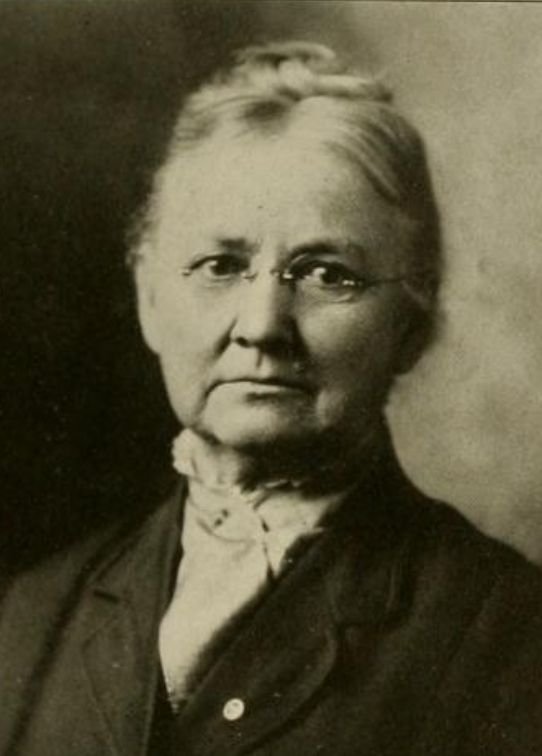
 Hayes studied mathematics and science at Oberlin College, receiving her bachelor’s degree in 1878. After briefly teaching at Adrian College, she joined the faculty of Wellesley in 1879, where he remained until her retirement in 1916. She became head of the mathematics department in 1888. /2
Hayes studied mathematics and science at Oberlin College, receiving her bachelor’s degree in 1878. After briefly teaching at Adrian College, she joined the faculty of Wellesley in 1879, where he remained until her retirement in 1916. She became head of the mathematics department in 1888. /2
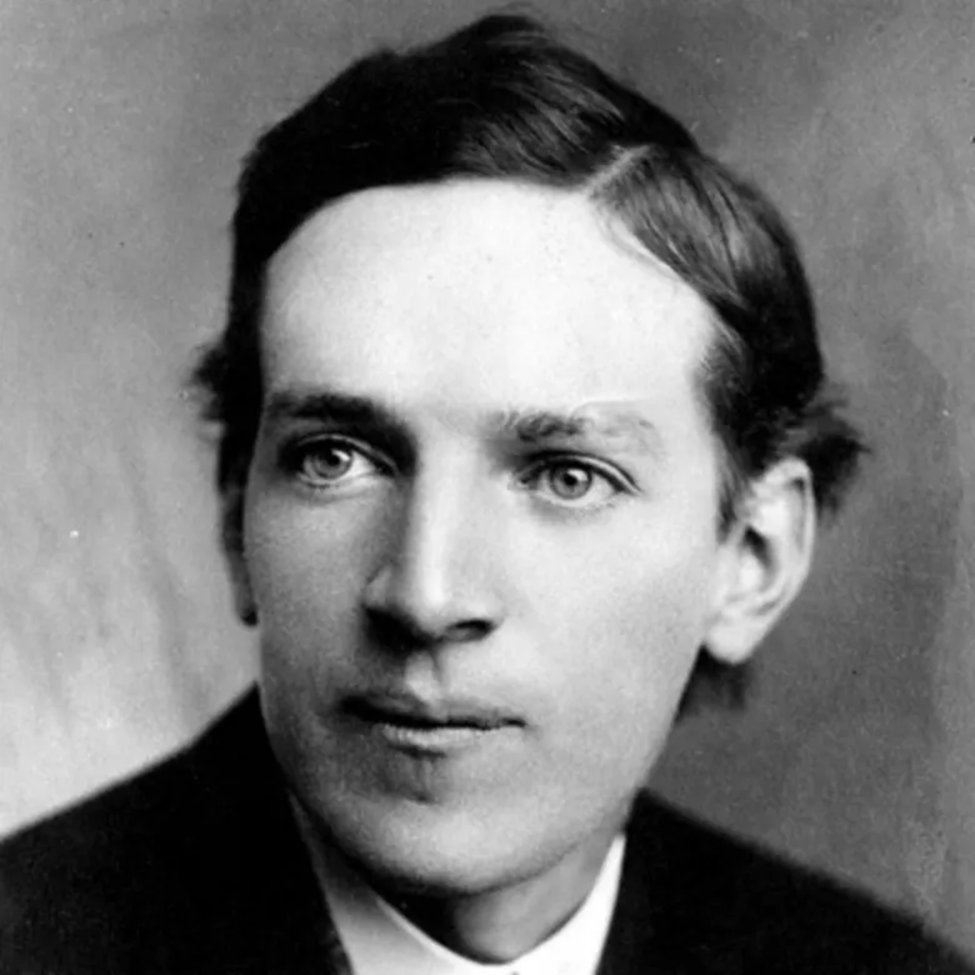
 Sinclair’s parents struggled financially, but his mother was from a wealthy family. Sinclair often stayed with his maternal grandparents, and this insight into how the rich and poor lived influenced his work. At age 15, he began writing dime novels, jokes and articles for pulp magazines. /2
Sinclair’s parents struggled financially, but his mother was from a wealthy family. Sinclair often stayed with his maternal grandparents, and this insight into how the rich and poor lived influenced his work. At age 15, he began writing dime novels, jokes and articles for pulp magazines. /2
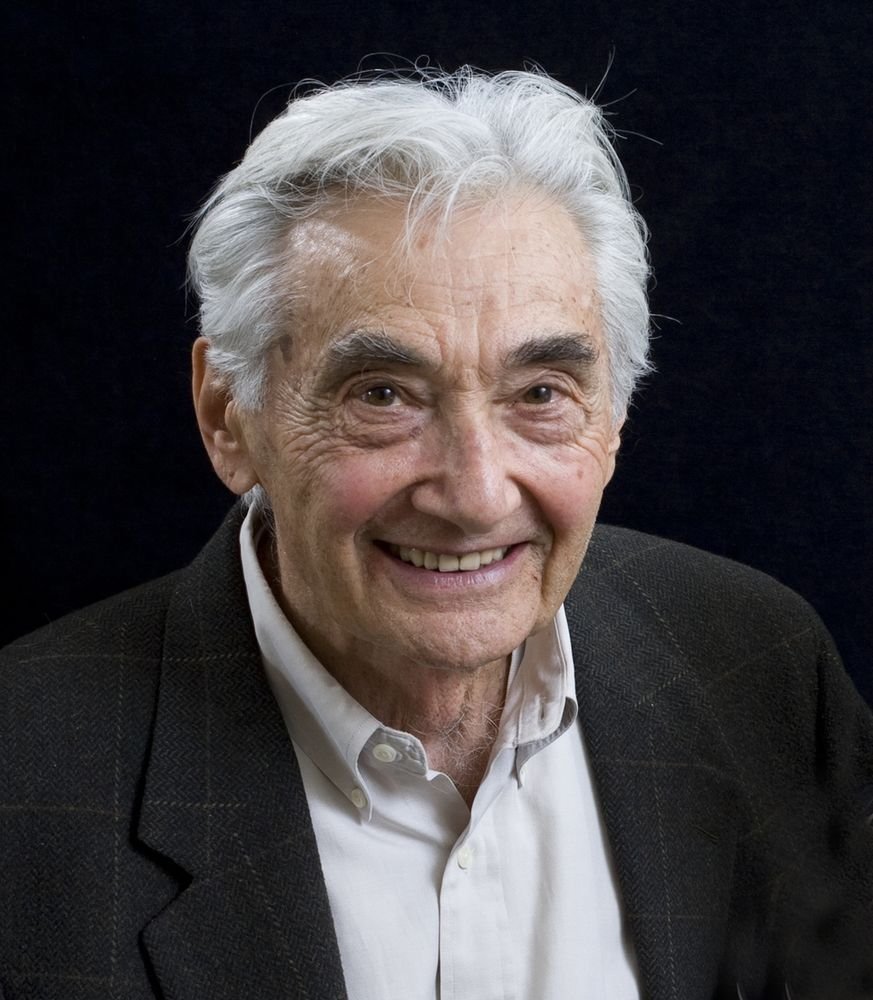
 At age 18, Zinn took a job as an apprentice shipfitter in the New York Navy Yard, then joined the U.S. Army Air Corps when the U.S. entered WW2. As a bombardier, he flew missions that killed thousands of civilians, often without legitimate objectives, shaping his lifelong opposition to war. /2
At age 18, Zinn took a job as an apprentice shipfitter in the New York Navy Yard, then joined the U.S. Army Air Corps when the U.S. entered WW2. As a bombardier, he flew missions that killed thousands of civilians, often without legitimate objectives, shaping his lifelong opposition to war. /2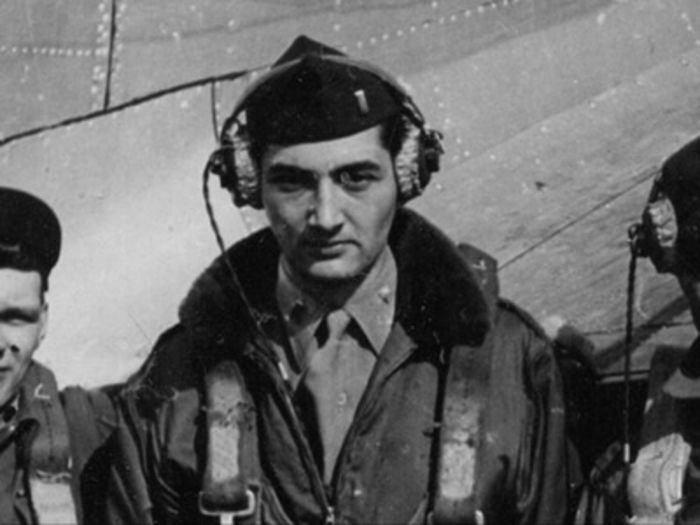
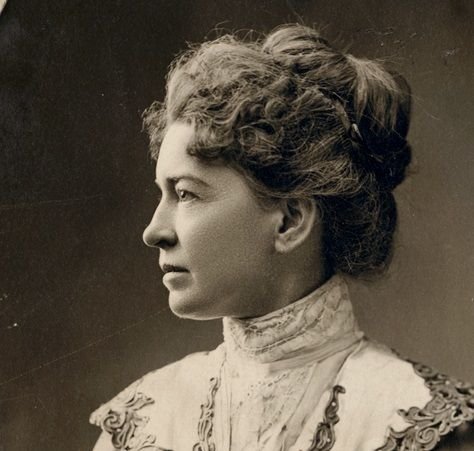
 Geography was one of the few sciences women were encouraged to study. In the 18th and 19th centuries, the study of geography promoted nationalist and Western imperialist agendas — sociopolitical beliefs that women were expected to pass along to the next generation. /2
Geography was one of the few sciences women were encouraged to study. In the 18th and 19th centuries, the study of geography promoted nationalist and Western imperialist agendas — sociopolitical beliefs that women were expected to pass along to the next generation. /2 ![Moral & Political Chart of the inhabited world: Exhibiting the Prevailing "Religion, form of government, degree of civilization, and Population of each country. [Scale ca. 1:55,000,000]." In Woodbridge’s School Atlas, 14th ed., Oliver D. Cooke & Co., 1831. Image credit: Library of Congress Geography and Map Division.](https://pbs.twimg.com/media/GzI1ImtXQAAPyDM.jpg)
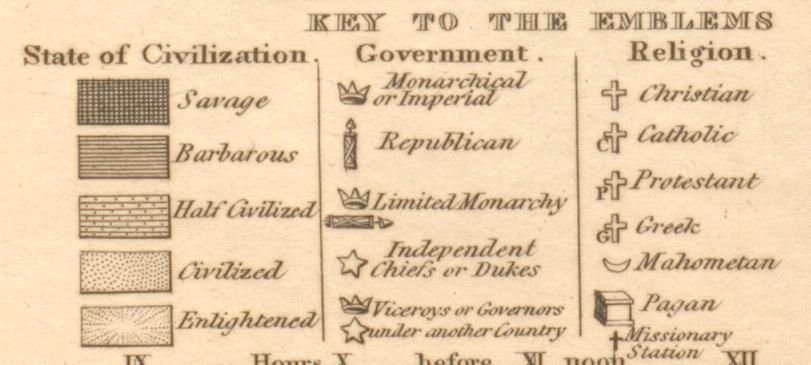

 The exact date of Pleasant’s birth is unclear, and it’s unknown where she was born, whether she was born into slavery, or who her parents were. We do know that her mother disappeared when she was a child and she became an indentured servant for a Quaker abolitionist family in Nantucket. /2
The exact date of Pleasant’s birth is unclear, and it’s unknown where she was born, whether she was born into slavery, or who her parents were. We do know that her mother disappeared when she was a child and she became an indentured servant for a Quaker abolitionist family in Nantucket. /2

 After Pearl Harbor and the U.S. entry into WWII, FDR declared that Japanese American adults were the “alien enemy,” resulting in mass xenophobia and travel bans. On Feb. 19, 1942, FDR signed EO 9066, authorizing the forcible removal of Japanese Americans from the West Coast. /2
After Pearl Harbor and the U.S. entry into WWII, FDR declared that Japanese American adults were the “alien enemy,” resulting in mass xenophobia and travel bans. On Feb. 19, 1942, FDR signed EO 9066, authorizing the forcible removal of Japanese Americans from the West Coast. /2 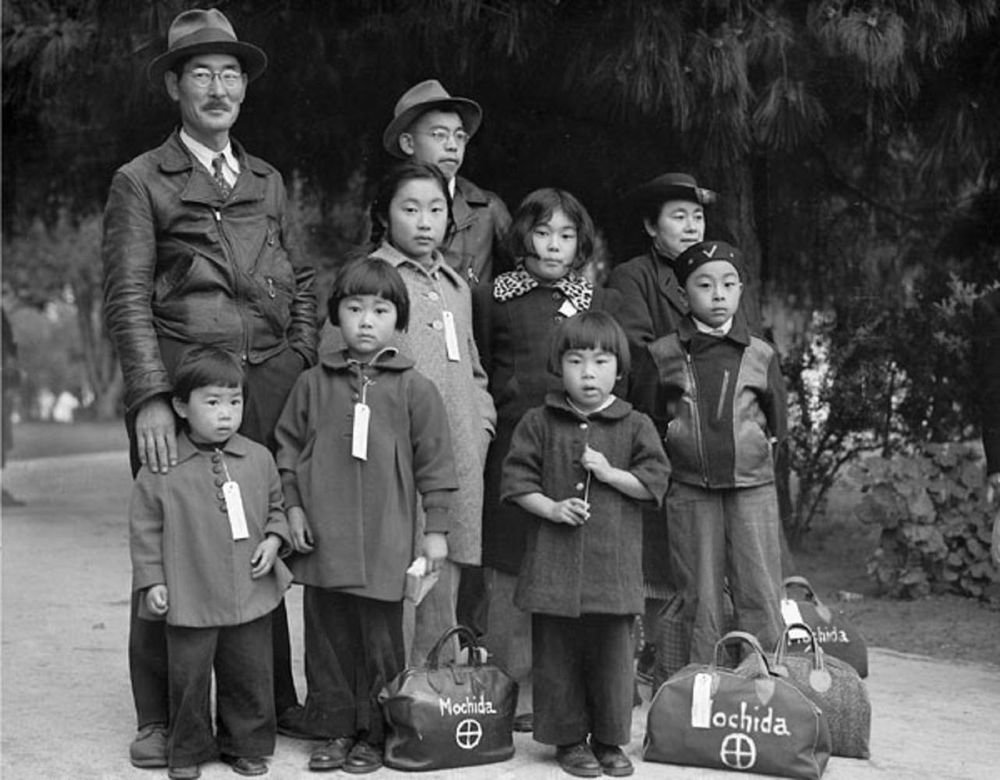
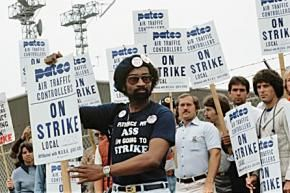
 The Professional Air Traffic Controllers Organization (PATCO) was founded in 1968. In 1969, the Civil Service Commission ruled that PATCO was in fact a union, and the group orchestrated a series of “sickouts” to protest unfair FAA actions, creating major air traffic delays nationwide. /2
The Professional Air Traffic Controllers Organization (PATCO) was founded in 1968. In 1969, the Civil Service Commission ruled that PATCO was in fact a union, and the group orchestrated a series of “sickouts” to protest unfair FAA actions, creating major air traffic delays nationwide. /2

 The Missouri Compromise of 1820 had outlawed slavery north of 36°30’, except for Missouri. Senator Stephen Douglas, who drafted the Kansas-Nebraska Act, thought that popular sovereignty would enable territorial expansion north of 36°30’ while avoiding a sectional conflict. /2
The Missouri Compromise of 1820 had outlawed slavery north of 36°30’, except for Missouri. Senator Stephen Douglas, who drafted the Kansas-Nebraska Act, thought that popular sovereignty would enable territorial expansion north of 36°30’ while avoiding a sectional conflict. /2 

 Washington had been convicted of raping and murdering the wife of his employer. However, the mob didn’t wait for the justice system. They dragged him out of the court using the chain around his neck and paraded him through the street while beating and stabbing him. /2
Washington had been convicted of raping and murdering the wife of his employer. However, the mob didn’t wait for the justice system. They dragged him out of the court using the chain around his neck and paraded him through the street while beating and stabbing him. /2 

 The Ludlow Massacre was the single deadliest event in the Colorado Coalfield War, which began in September 1913 with a general strike by United Mine Workers to protest poor, often deadly working conditions. Bands of armed miners retaliated in a series of skirmishes with National Guardsmen. /2
The Ludlow Massacre was the single deadliest event in the Colorado Coalfield War, which began in September 1913 with a general strike by United Mine Workers to protest poor, often deadly working conditions. Bands of armed miners retaliated in a series of skirmishes with National Guardsmen. /2

 Lawrence’s parents migrated from the rural South to Atlantic City, N.J., where he was born in 1917. After spending time in foster care, he and his siblings reconnected with their mother in Harlem, and she enrolled him in an after-school art class to keep him busy. /2
Lawrence’s parents migrated from the rural South to Atlantic City, N.J., where he was born in 1917. After spending time in foster care, he and his siblings reconnected with their mother in Harlem, and she enrolled him in an after-school art class to keep him busy. /2 

 Perhaps more significantly, the Dawes Act forever damaged Native American culture and society. Tribes were encouraged to farm and ranch and forced to adopt a capitalist, proprietary view of property. They also lost access to traditional hunting, fishing and gathering sites. /2
Perhaps more significantly, the Dawes Act forever damaged Native American culture and society. Tribes were encouraged to farm and ranch and forced to adopt a capitalist, proprietary view of property. They also lost access to traditional hunting, fishing and gathering sites. /2 

 Throughout the 19th century, officeholders awarded government jobs to individuals in exchange for political and financial support. The so-called “spoils system” enabled the dominance of the Democratic Party before the Civil War and the Republican Party after the war. /2
Throughout the 19th century, officeholders awarded government jobs to individuals in exchange for political and financial support. The so-called “spoils system” enabled the dominance of the Democratic Party before the Civil War and the Republican Party after the war. /2 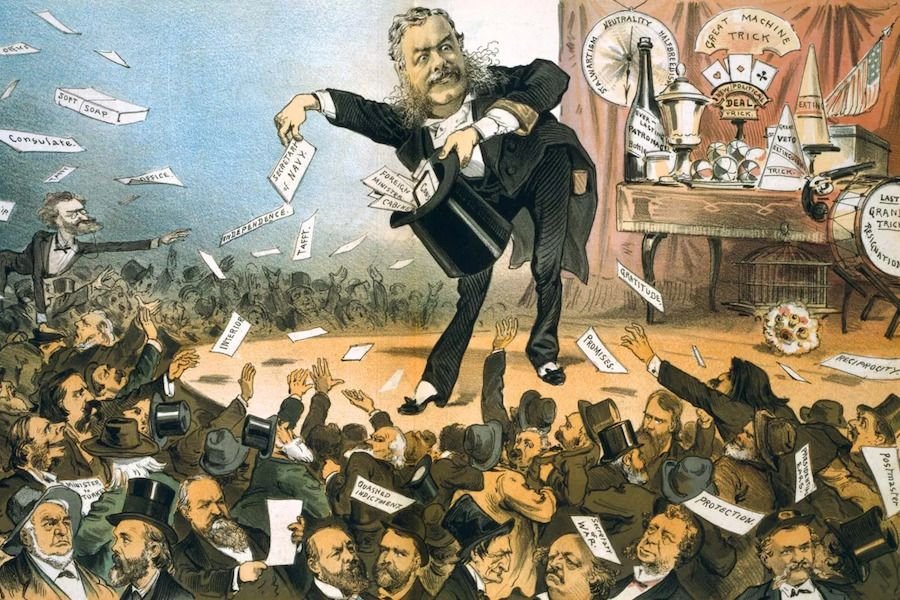

 My international economics professor brought up W’s proposal in class, railing on for minutes about how horrible this idea was. He was normally even keeled but almost shouted. “Just try to get a roof put on your house or yard work done! There won’t be any fresh produce!” /2
My international economics professor brought up W’s proposal in class, railing on for minutes about how horrible this idea was. He was normally even keeled but almost shouted. “Just try to get a roof put on your house or yard work done! There won’t be any fresh produce!” /2
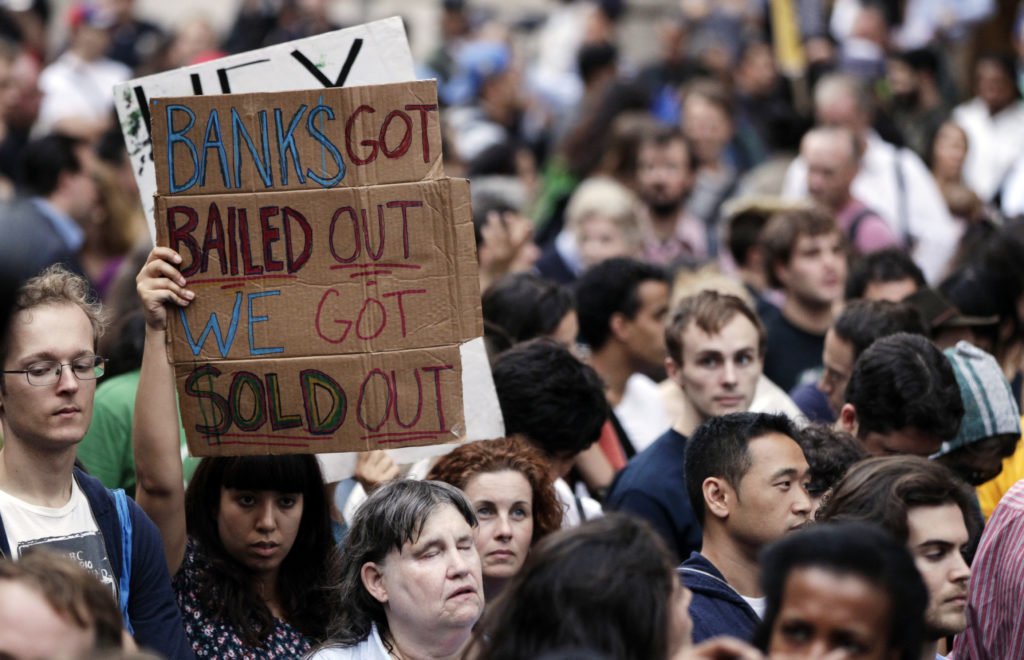
 Repub policies created the perfect environment for economic collapse. Deregulation allowed banks to take increasingly greater risks, engaging in hedge fund trading, buying toxic assets and offering subprime mortgages to low-income buyers. /2
Repub policies created the perfect environment for economic collapse. Deregulation allowed banks to take increasingly greater risks, engaging in hedge fund trading, buying toxic assets and offering subprime mortgages to low-income buyers. /2 

 On Feb. 20, 1939, the German American Bund, a pro-Nazi organization, put on a “Pro American Rally” at MSG, ostensibly to celebrate George Washington’s birthday. The backdrop for the stage was a 30-foot-tall banner of Washington flanked by American flags and swastikas. /2
On Feb. 20, 1939, the German American Bund, a pro-Nazi organization, put on a “Pro American Rally” at MSG, ostensibly to celebrate George Washington’s birthday. The backdrop for the stage was a 30-foot-tall banner of Washington flanked by American flags and swastikas. /2 

 Smoot and Hawley proposed the tariffs to offset overproduction. The U.S. economy had made significant gains in production, contributing to a surplus of farm produce. However, manufactured goods were more valuable, and U.S. exports were rising faster than imports. /2
Smoot and Hawley proposed the tariffs to offset overproduction. The U.S. economy had made significant gains in production, contributing to a surplus of farm produce. However, manufactured goods were more valuable, and U.S. exports were rising faster than imports. /2 

 Atlanta newspapers had reported the false stories of the assaults, inflaming whites who already resented the city’s growing African American population. Atlanta’s Black population had increased from 9,000 in 1880 to 35,000 in 1900. /2
Atlanta newspapers had reported the false stories of the assaults, inflaming whites who already resented the city’s growing African American population. Atlanta’s Black population had increased from 9,000 in 1880 to 35,000 in 1900. /2

 Indigenous people had been struggling for almost a century to gain recognition within international institutions. In 1920, the Haudenosaunee Confederacy (also known as the Iroquois Six Nations) applied for membership in the League of Nations but was never accepted. /2
Indigenous people had been struggling for almost a century to gain recognition within international institutions. In 1920, the Haudenosaunee Confederacy (also known as the Iroquois Six Nations) applied for membership in the League of Nations but was never accepted. /2 

 For months, Attica’s inmates had been protesting inhumane conditions, including overcrowding, rationing of toilet paper and limits of one shower per week. Their frustrations came to a head on Sept. 9, when inmates overpowered their guards in a spontaneous uprising. /2
For months, Attica’s inmates had been protesting inhumane conditions, including overcrowding, rationing of toilet paper and limits of one shower per week. Their frustrations came to a head on Sept. 9, when inmates overpowered their guards in a spontaneous uprising. /2

 The areas were labeled “D1 lands” in 1971, meaning they are off limits to extractive activities unless the Interior Department deems otherwise. Before Interior can do that, it must perform environmental assessments and seek input from local Alaska Native peoples. /2
The areas were labeled “D1 lands” in 1971, meaning they are off limits to extractive activities unless the Interior Department deems otherwise. Before Interior can do that, it must perform environmental assessments and seek input from local Alaska Native peoples. /2